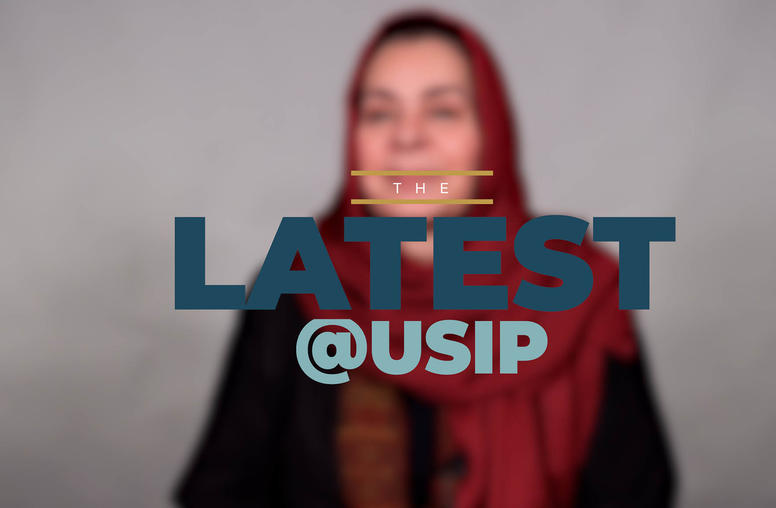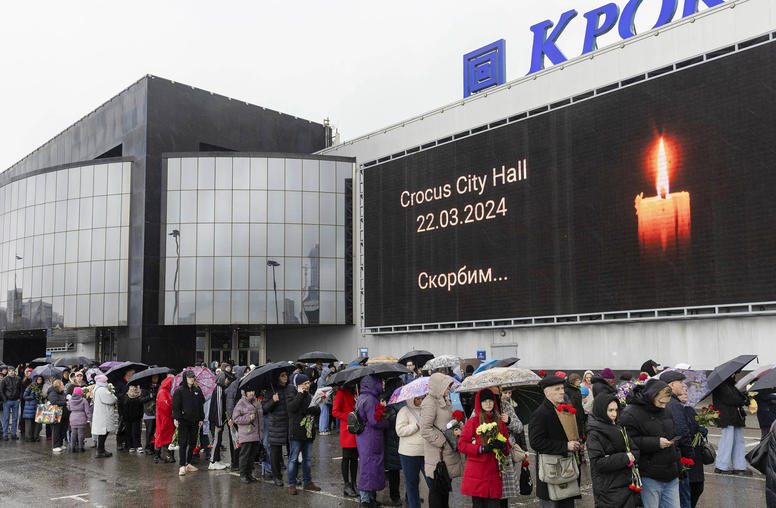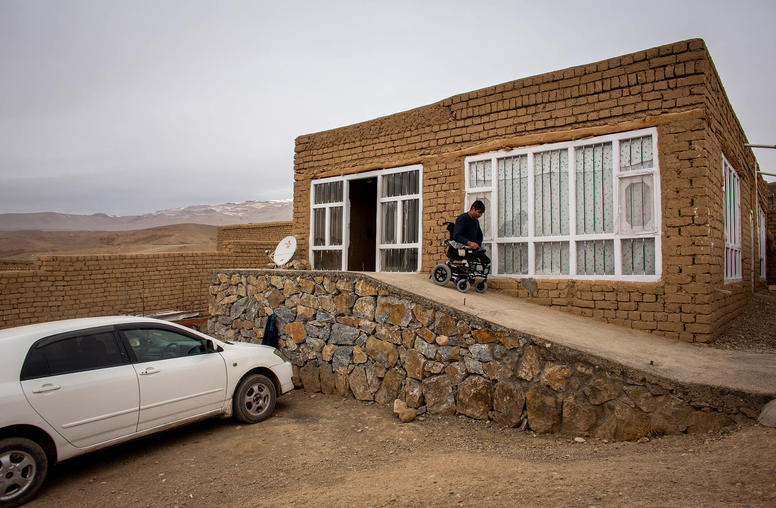State Strengthening in Afghanistan
Lessons Learned, 2001–14
Since 2001, Afghanistan’s political and social landscape has changed dramatically. However, international state-strengthening interventions have arguably had mixed results. Unprecedented aid and assistance has helped the country transition to a nascent democracy, attain a greater level of security, rebuild some of its infrastructure, and open more space for civil society participation.
But, the diverse approaches taken by multiple actors with varying objectives have sometimes had negative consequences. Moreover, due to competing internal and external motivations and the current trends of declining aid and increasing conflict, the progress achieved may not be sustainable or have a long-term impact. This report provides lessons learned in state strengthening from 2001–14, as well as recommendations for current and future interventions.
Summary
- State-strengthening interventions in Afghanistan have contributed to remarkable changes in the country’s physical, political, economic, and social landscapes; however, success has been limited by myriad approaches taken by multiple actors with multiple objectives—some of which have been conflicting or too short-term in nature.
- International counterinsurgency and counterterrorism strategies aimed at dismantling the Taliban and increasing security have proven at times to be at odds with state-building objectives.
- Lack of unity of effort and priority setting among military and civilian actors have severly hampered the nationbuilding process, allowing power brokers to maintain their strongholds; creating more opportunity for corruption; and preventing the establishment of sustainable, national instutitions.
- The contentious second round of the 2014 presidential election that resulted in Ashraf Ghani’s inauguration was a clear indicator of the complexity of a political environment set within a civil conflict. The need for a negotiated solution to the electoral crisis undermined Afghanistan’s democratic institutions. National and local power dynamics hindered efforts to make the power-sharing government work.
- The Afghan state remains highly centralized in theory and highly fragmented in practice. Instead of strengthening formal structures, parallel structures have been created, often leaving the Afghan people to rely on informal or illegitimate structures of power. The lack of formal decentralization has left subnational goverance hostage to informal actors.
- Rule of law strategies were developed in tandem to rather than as part of political and security strategies and were underfunded given the expectations surrounding establishing a justice system and reducing corruption. Moreover, while international assistance provided Afghans access to courts, they tended not to use them given rampant corruption and lack of perceived legitimacy and fairness. However, the subsequent hybrid approach that employed informal, community-based mechanisms as well as formal mechanisms had the unintended consequence of increasing corruption.
- Macroeconomic and public finance management performance has improved substantially, but income and wealth inequality persist, and the current fiscal crisis and decline in international funding is already having a negative impact on economic growth. Further, the lack of early attention to incentives and preventive measures to avoid corruption has led to fraud and theft in the banking system and customs facilities.
- Significant investments in private sector development projects and economic activity more generally have had mixed results due to the duplication of efforts, misaligned incentives and corruption, short duration of projects, and lack of support for successful implementation (logisitics, human capital, political frameworks). Many argue that Afghanistan’s institutions were not ready for the abrupt transition to a market-driven economy.
- Billions of dollars spent on rebuilding Afghanistan’s infrastructure (buildings, roads, and energy) have provided security forces and Afghans with crucial transportation routes, facilities, and communication systems. However, the short-term nature of some of the projects has led to the lack of planning and funding for maintaining newly built infrastructure, including the national road system that is vital for political and economic connectivity.
- While Afghanistan now has a diverse array of TV channels, radio stations, and newspapers—making it one of the most open societies in the region from this point of view—they are at increasing risk from dwindling donor funds and advertising income and threats from powerholders and extremist groups. Also, the country’s open licensing regime has permitted the establishment of media channels that are free to promote divisive politics.
- Despite the Afghan government’s recognition that youth will increasingly constitute the backbone of governmental and private instutitions, their advancement has been capped at the bureaucratic level and no long-term vision exists for embracing the potential of this increasingly well-educated segment of the population. The staying power of strongmen has also presented a challenge through their control of the political economy and employment. Declining economic growth is a major challenge for this new generation of increasingly disillusioned Afghans.
- International interventions have included a major focus on women’s empowerment and ensuring their full participation in all aspects of public life. However, the underlying motivations and approaches have varied; and many, short-term, women-focused projects have been unable to challenge the deep structural aspects of women’s subordination and the influence of a patronage-based system of rule. This limits and threatens the sustainability of women’s advancements, especially given that the current political and donor environments do not support all women’s engagement as agents of change.
About the Report
In March 2015, the United States Institute of Peace (USIP), Chatham House, and Stanford University held a two-day conference on “State-Strengthening in Afghanistan 2001–2014: Learning from the Past to Inform the Future.” This report comprises a selection of papers presented at the conference. The papers look back critically at thirteen years of international intervention in Afghanistan, focusing on the impact of state-strengthening exercises on security, democratization, governance, the economy, rule of law, infrastructure, civil society participation, youth development, and women’s empowerment. They describe, from the perspective of Afghan and international policy makers and experts, the immense and often unforseen challenges in rebuilding the Afghan state.



